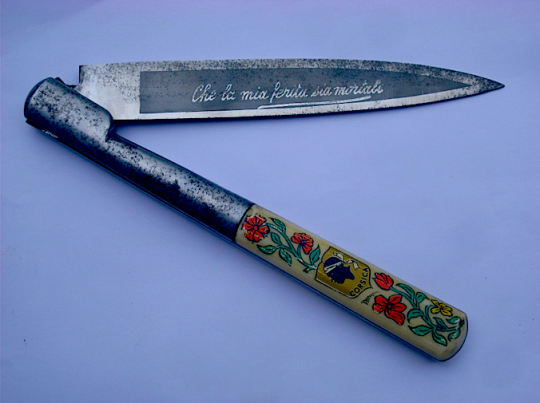tyhit2histaevas
294 posts
Don't wanna be here? Send us removal request.
Text

Unknown Photographer. Anonymous Roller race. England. 1930
8K notes
·
View notes
Text

Félix Thiollier, Lady with her horse on a snowy day, 1899
2K notes
·
View notes
Text

Endre Tót, Look! Here's a Giant Zero for yoo!, (postcard; offset, paper), [Ecart Publications, Genève], 1974 [The «Paris Review». © Endre Tót]
67 notes
·
View notes
Text
130 notes
·
View notes
Text

Raymonde Bonnetain
- ‘Mlle Renée Bonnetain jouant avec les crânes de sofas (soldats professionnels) de Samory, fusillés outre-Niger, après d’inutiles combats, pour la plus grande gloire – gloire & profit – de l’artillerie de marine’ / (Mlle Renée Bonnetain playing with the skulls of Samory’s sofas [professional soldiers], shot in the outre-Niger region, after some pointless battles, for the greater glory – glory & profit – of the marine artillery)
albumen paper, 16.5 cm × 11.2 cm
1894–5
It is sometimes quite difficult to see what a photograph actually shows. The picture can be so unusual that one can look at it for a while without understanding it. For many observers, the photograph by Raymonde Bonnetain on the cover of this book is such a picture. One has to take a second look in order to make sense of it. Raymonde Bonnetain was travelling through present-day Mali between 1894 and 1895 with her husband, Paul, who had been sent by the Ministry of Public Education in 1892 to study the indigenous populations. An amateur photographer, she took this bizarre photograph in a garden in Kayes. It shows her daughter, Renée, one of the first children of European origin to accompany colonisers to the region, sitting in the middle of a bed of skulls. The little girl is even holding a skull on her lap. The image is skilfully composed, and it clearly took some time to arrange the human remains. The child has put on her Sunday best and is wearing a hat for the photo session. A Western woman has taken the picture after giving instructions to her own daughter and surrounding her with skulls. Someone – probably Henry Sarrazin, a Veterinary Officer with an interest in anthropology – has collected these remains and given them to the photographer for this display. There is no reason to doubt that these skulls, transformed into decorative specimens, belonged to Samory Touré’s sofas (fighters) who resisted French encroachments. They were killed in the early 1890s in what is today the north of Guinea. Their individual names are lost, but Yves Person’s collection of interviews with surviving African participants in the conflict officers a rich local source on their histories. There are probably observers outside the frame. Servants may well be watching, aware of the desecration that is being enacted here on Africans. From these local angles, the image provides a disturbing illustration of the extreme imbalance that inhabits the colonial photographic archive.
Initially incomprehensible, this isolated photograph on the cover of a book is interpreted according to the preconceptions of those who see it. For some, the picture may confirm the extreme violence of conquest and the brutality of the Europeans who had come to colonise Africa. It may even be taken as evidence of a specific French inclination toward imperial violence in comparison with a supposedly more benign British approach to colonial administration. The photographer and her model seem to display a staggering degree of inhumanity. The bodies of the colonised have been brutalised twice: once in their death and now in this staged scene. Some will even find that the use of this image on the cover of a book reinforces this degradation. Others, overly concerned not to exaggerate the degree of force employed in French imperial expansion, will see a one-off, the temporary delirium of one woman, scarcely representative of the colonial process as a whole. A thousand readings are possible on an initial view of the photograph. Faced with an image taken out of context, our first interpretations of this macabre reflection of a colonial conquest are generally determined by our own initial points of view. Photography of physical violence automatically pushes us to interpret the image in such a way as to restore order and reassure us. As we come to the end of this book, however, we must ask readers to suspend their judgement and to see the fundamental opacity of this particular photograph.
As with any photograph, to discover what is really going on in this image one must first take the trouble to read the caption, in this case written on the back of the cardboard on which the albumen print is glued. Someone – doubtless Raymonde – has pencilled a long, ironic description. These skulls are those of Samory’s soldiers, who had been killed ‘for the greater glory – glory & profit – of the marine artillery’. They are the remains of enemies, executed at an unknown date and then collected by the French. The photographer is thus expressing a critical view of the military operations in the region of ‘French Sudan’. In her opinion, the war against Samory and the fresh campaigns ordered by Louis Archinard were unnecessarily aggressive. The local commanders pushed for conquest without always informing Paris. She disapproved of this and noted in a travel diary published on her return to France: ‘The honourable artillerymen, for their greater advancement in rank, are not at all anxious to finish things […] so much the worse for the blood and money of the country!’ The image and its caption are evidence of an acerbic critique of the strategic choices of those leading the operations. The image then takes on other possible meanings.
-- Daniel Foliard from The Violence of Colonial Photography, Manchester University Press, 2022.
59 notes
·
View notes
Photo

Harriet and people in fog, Zimbabwe, 2020 - by Nick Brandt (1966), English
4K notes
·
View notes









